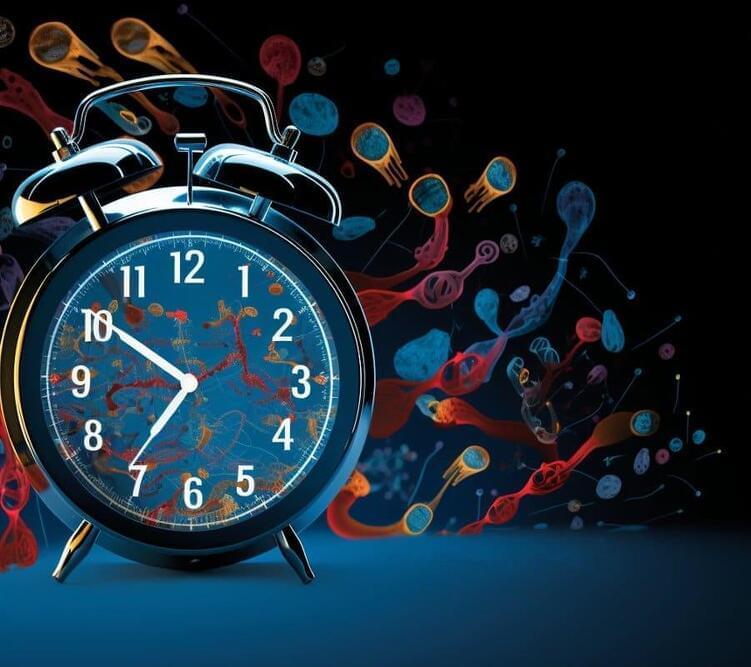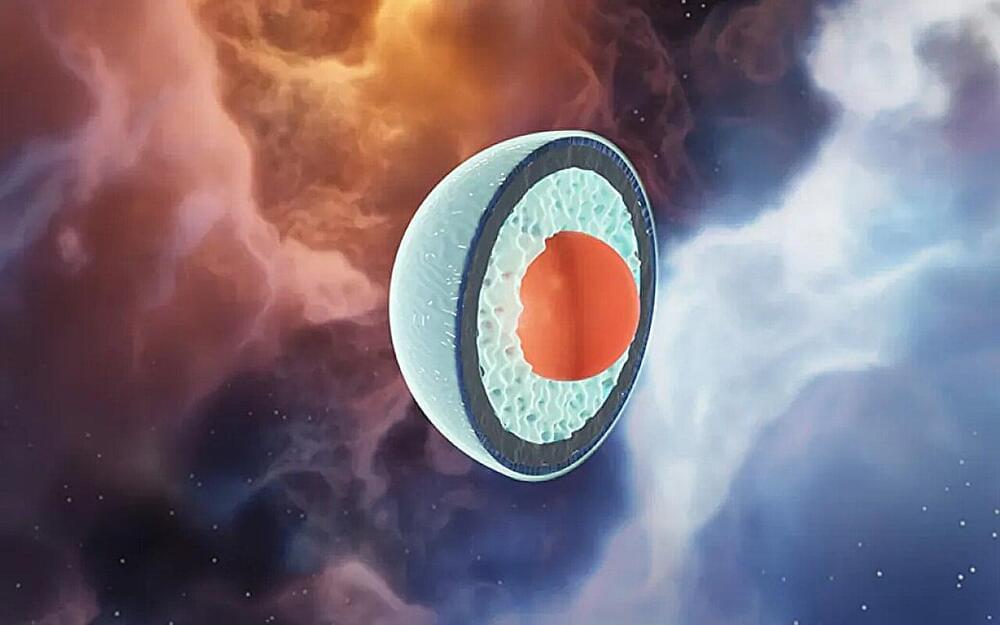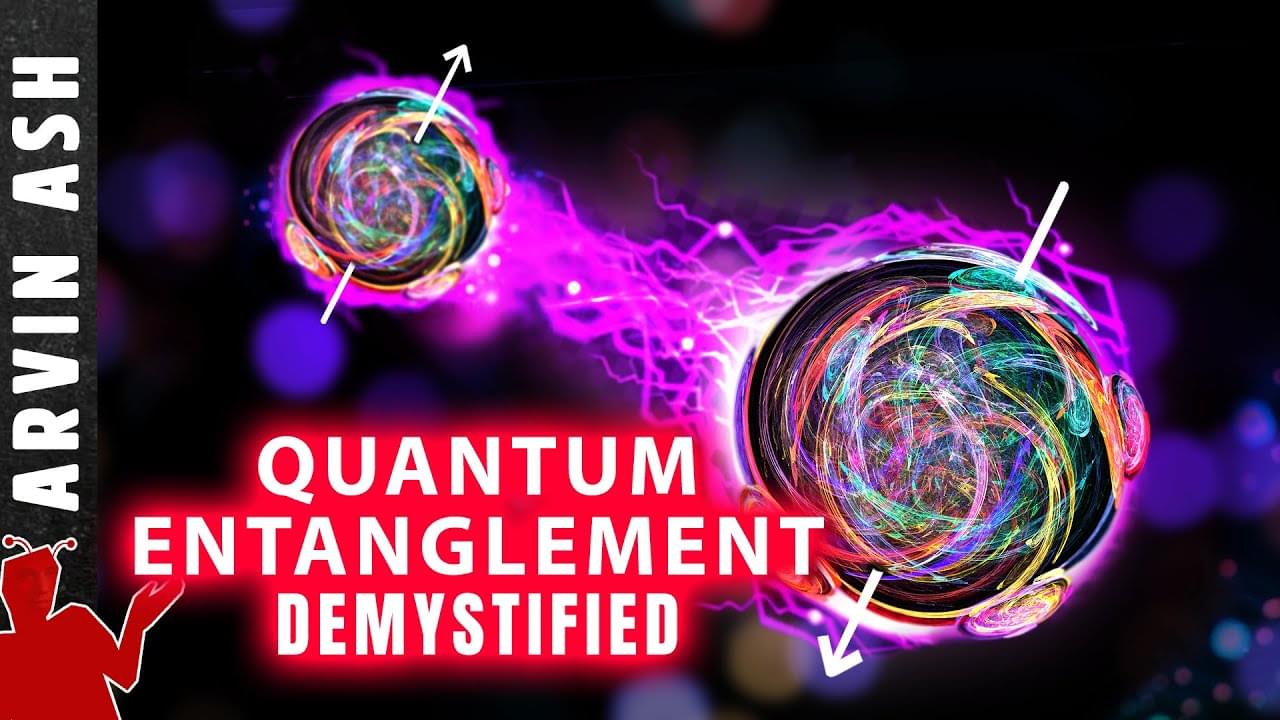Dec 28, 2023
Window-washing robots are working on Manhattan skyscrapers
Posted by Kelvin Dafiaghor in categories: mapping, robotics/AI
Skyline Robotics is disrupting the century-old practice of window washing with new technology that the startup hopes will redefine a risky industry.
Its window-washing robot, Ozmo, is now operational in Tel Aviv and New York, and has worked on major Manhattan buildings such as 10 Hudson Yards, 383 Madison, 825 3rd Avenue and 7 World Trade Center in partnership with the city’s largest commercial window cleaner Platinum and real estate giant The Durst Organization.
The machine is suspended from the side of a high-rise. A robotic arm with a brush attached to the end cleans the window following instructions from a LiDAR camera, which uses laser technology to map 3D environments. The camera maps the building’s exterior and identifies the parameters of the windows.


















